Tamron 70-200mm F/2.8 VC USD lens review.
Many thanks for Nordic Digital for providing the lens for testing.
A couple of weeks and a couple of thousand shots later, it is time to put together a brief about using this new hot lens. It is new because it was released a couple of months ago, and it is hot as it is directly competing with some of the best lens available at the market, the Canon's 70-200mm F/2.8 IS USM II, and Nikon's Nikkor 70-200mm F/2.8 VR II.
ISO200, 109mm, 1/500, F/7.1, VC off (100% details below)
The unit is familiar to anyone coming from its predecessor Tamron 70-200mm F/2.8 LD IF - changes for the new lens include USM-type focusing (USD - Ultra Silent Drive, image stabilization (VC - vibration control) and weather sealing (you can see a black rubber line when you mount the lens to your camera body) - so a nice update indeed. You can find two switches at the left side of the lens: VC (on/off), AF (on/off).
Five years ago when Tamron's original 70-200mm F/2.8 was released, it was titled with several awards because of its excellent optical quality; users were not that happy with (relatively) slow auto focus and plastic design though.
(200mm, ISO200, 1/1600, F/8, VC off)
The new model is also a plastic one, but looks and feels really well built. The all-metal tripod bracket (included) is solid and heavy. Lens hood (77mm mount) is also included - which can be useful if you don't like the halos when shooting directly against the sun; the hood also protects the external glass of the lens quite well.
The USD auto focus works really well - it is silent, fast, accurate. It is able to focus from its closest (approx 1.3m) to infinity in about 0,7s (no accurate measurements were made). Some of the users are complaining the Nikon/Canon lens are faster, but having used the lens side by side (Canon 70-200 USM), it is a matter of milliseconds - of course press/sports photographers would prefer the very best.
(200mm, ISO200, 1/800, F/5.6, VC off)
The optics delivers sharp, clear, coloful results - exactly what you'd expect from this grade of lens. The image is somewhat soft at wide open, it gets really good at F/4, and it is simply superb from F/5.6 to F/11. You ca step down the aperture up to F/22, but as per physical laws, the diffraction at such a small aperture is clearly visible.
200mm, ISO200, 1/500, F/5, VC off (see the actual pixels below)
Macro performance. The lens is able to focus as close as 1.3 meters, so the magnification ratio is around 1:8. It is not designed for to shoot macro, you should consider a dedicated 1:1 unit for this type of work.
(200mm, ISO200, 1/125, F/2.8, VC off)
The image stabilization works really well. Hard to describe it with words, you should try it by yourself! But all I can say it will save many of your photos at slower shutter speeds like 1/30, 1/15, 1/10, even at 1/6. Think about it - as you know the "optimal" shutter speed (so the speed which should give you more or less sharp photos) is often considered to be 1/mm, so 1/80s if you have 80mm lens, and 1/200s if you have 200mm lens.
Of course it all depends on several other factors - how steady are your hands, how good are the other conditions of taking the photo. See the next hand held shot of the rising moon - taken at dark night, with the following parameters: 200mm, ISO800, 1/15, F/4.5, VC on. Imagine how many frames it might have taken to get this photo sharp, hand held, without vibration control.
Regarding to the bokeh - as always, it first really depends on the light conditions. If the out of focus are is uncontrasty and not that detailed, the bokeh always stays "smooth and buttery". The more contrast and detail there, the more the chances for the bokeh to fail.
(200mm, ISO200, 1/250, F/3.5, VC off)
Don't forget you always need to consider the focus distance and aperture when hunting a good bokeh - in general, the wider the aperture and the closer the subject, the better the bokeh. Compared with the Canon 70-200USM, I cannot prefer one bokeh to another, so again, Tamron is making really good job here.
(200mm, ISO200, 1/60, F/5, VC on)
Vignetting at wide apertures is a problem when your scene is not that full of contrast. It is the same with several similar lenses. Some trendy photographers like to use the default vignetting for portrait photos to accent the subject and hide the background. For the wide and far landscape shots, you should consider stepping down the lens to F/8-F16. See the following image for vignetting example (200mm, ISO200, F/4, 1/400; no VC; had to tweak the contrast a bit; no correction for the vignetting was done).
I was really stuck this time preparing to write a long and detailed product review. Within a couple of thousand of shots I've made with the lens, I just mounted it on, raised the camera and shot. Not a single complaint, not a single detail I could point out as a serious (design) issue. Everything just worked flawlessly: smooth zoom ring, fast-silent focus, extremely effective image stabilization.
(70mm, ISO200, 1/400, F/8, VC off)
The plastic body is not a problem for me - it makes your backpack lighter, and it really matters if you have several lens and all metal body already with you, not to mention tripod and every kind of accessories. I was not able to test the lens against direct sunlight this time, but I'm sure there are several reviews available about how the lens performs under named conditions.
Bottom line - the new Tamron 70-200mm F/2.8 VC USD is an impressive piece of lens. You should definitely consider this when going out hunting for new 70-200/2.8 for your needs. It does not give you metal housing, it does not give you the fastest auto focus on earth, it does not give you focus limiter(s) and sophisticated VC (IS) modes; but it will give you super sharp glass, super effective image stabilization and it will also save you still have some money in your pockets once the purchase is done. As always, never only rely on reviews only - go to the local dealer and try the lens by yourself how it performs in your hands.
(Photos taken with Canon 5D Mark II; IMG_4788 taken with Canon 60D, Canon 50mm/1.8, image copyright Rain Pikner)
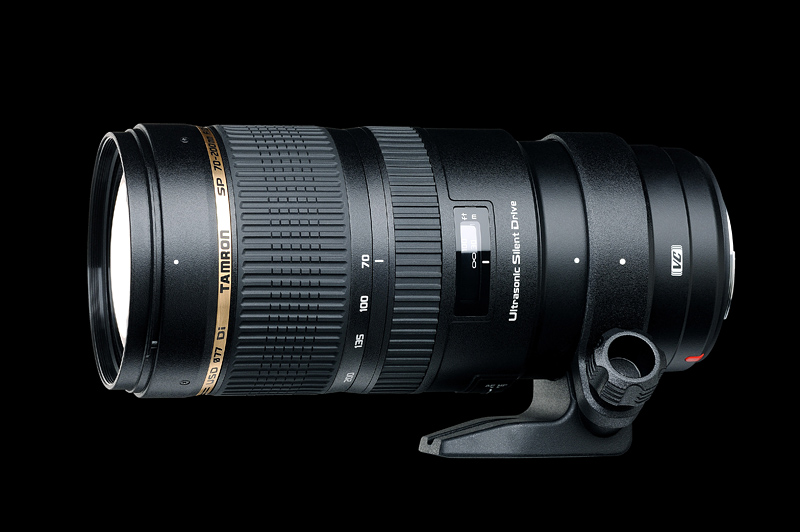

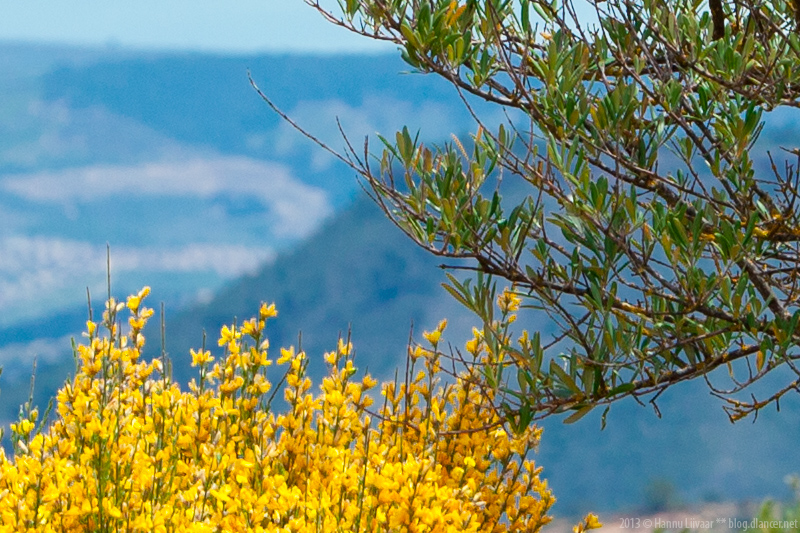



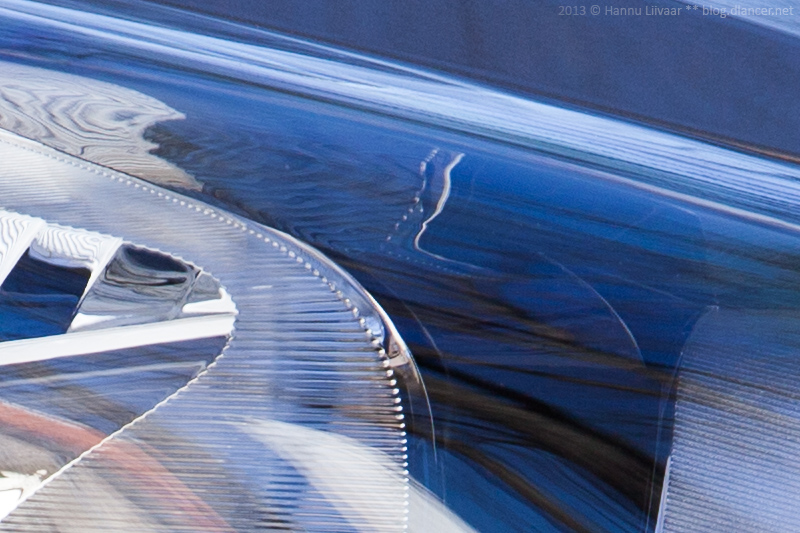

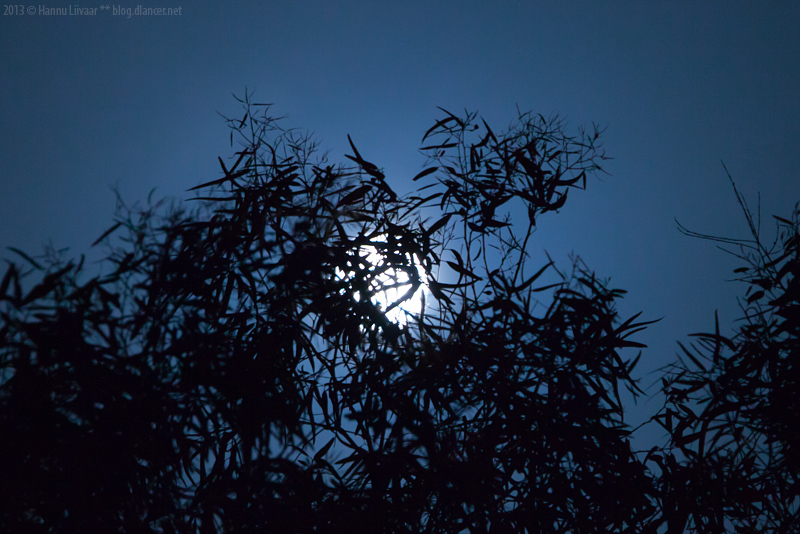
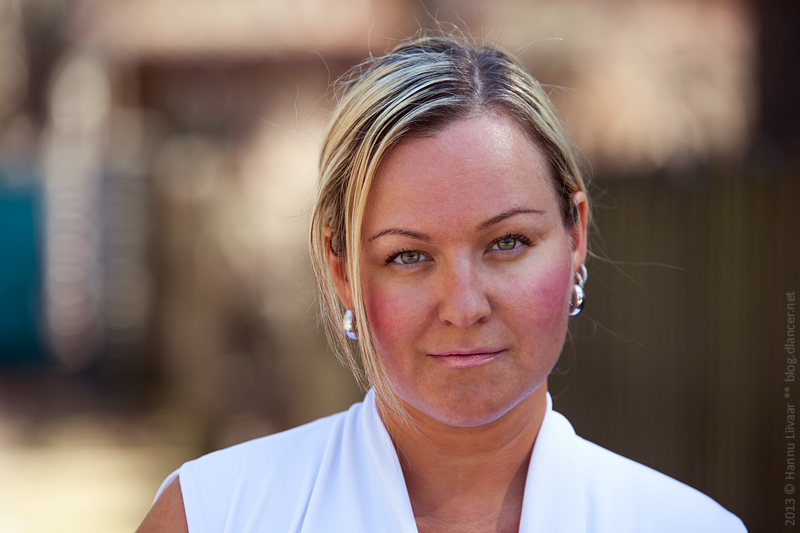

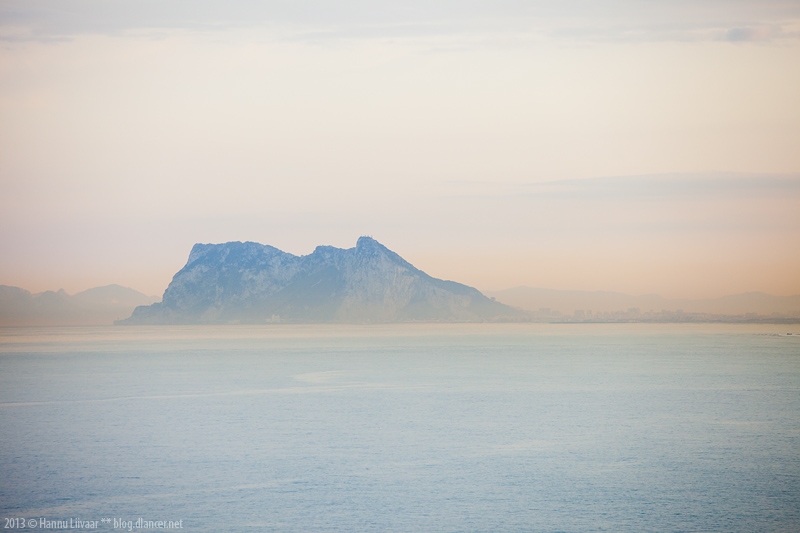
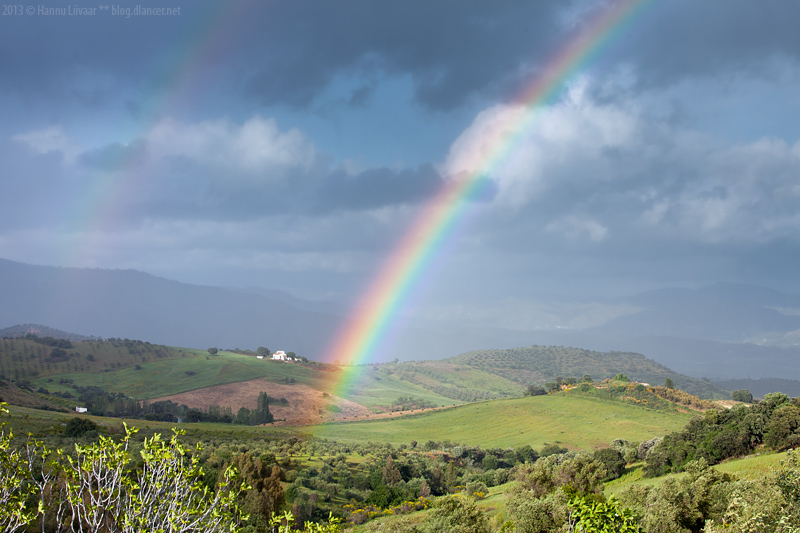
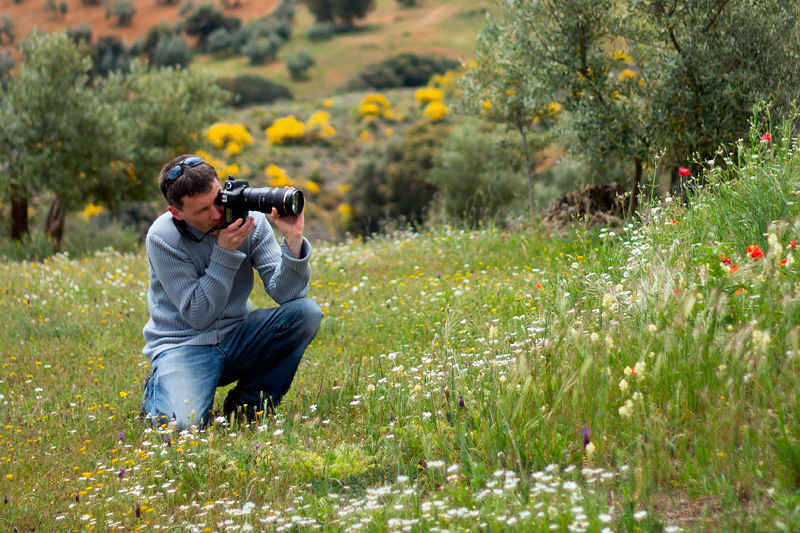
You didn't post any pic with the VC on. Please do.
ReplyDeleteSeveral example shots are with VC on - please see the description after or before the photograph(s). Thanks.
ReplyDeletevery useful information thank you
ReplyDelete